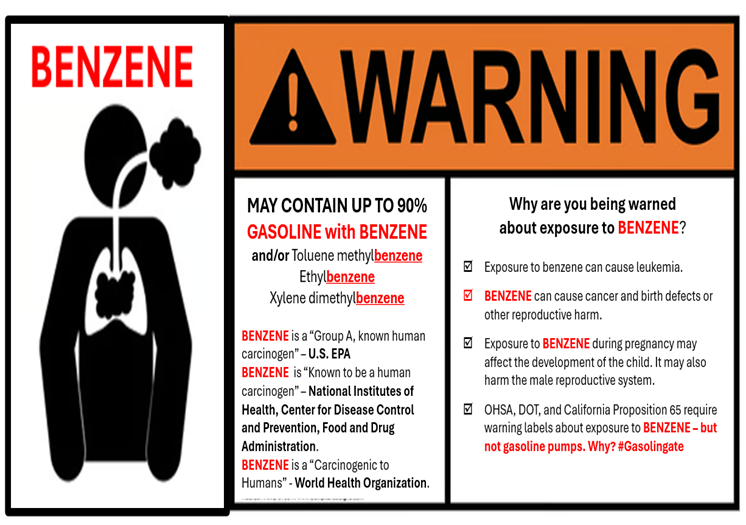The Label Dilemma
Column by Doug Durante, Clean Fuels Development Coalition

In this very contentious election cycle, the idea of a candidate for office forgoing any party affiliation by running as a “No Label” option began to surface. Not a democrat. Not a republican. Not a libertarian, a Green Party or even an independent. The thinking was to put oneself out there and say don’t try to explain or define me, just look at my value and what I can do.
Labels can be good or bad, depending on the situation. SDFU would certainly know this following the COOL (country-of-origin labeling) issue. In the case of COOL, it was clearly good – it guarded against unknown, potentially unsafe foreign products in the market while promoting and informing on homegrown products.
For ethanol, labels can be good or bad but historically have been used to confuse and alarm consumers, stifle competition and generally cast doubt on ethanol. As we documented in our book Gasolinegate, in the early days of the ethanol industry, many petroleum marketers used labels that were overtly negative, going as far as issuing a “warning” and urging “caution” for ethanol blends. Some of the labels were in bright orange or black and yellow, or some other subliminally negative color scheme.
From that standpoint, ethanol should be a “no labels” candidate – let it be an anonymous additive in gasoline that brings great value. However, by now anyone who fills their own gas tank would be familiar with the label on every gas pump reading “Contains 10% Ethanol”. Without providing any context, consumers are left to interpret what the label means, and it is often an assumption that it is something negative.
So, if there must be a label for ethanol, let’s turn that situation around and make it a positive. EPA and supporters of the “Contains 10% Ethanol” label need to explain what it is they think that label says. What is the point – is clean, renewable ethanol something that consumers need to be warned about? Of course not. If they try to spin it that it is a positive message, then it is an incomplete thought. The ethanol and ag community needs to seize on this and demand a “Contains 10% Ethanol” label include language such as “Contains 10% ethanol to reduce harmful emissions” or “Contains 10% ethanol to reduce toxic carcinogens in gasoline” or “Contains 10% ethanol which reduces greenhouse gas emissions” or “Contains High Octane, Clean Burning Ethanol”… and as we get to truly higher blends just drop the 10 percent figure.
There is absolutely no justifiable reason to not have such a label on gasoline pumps and what a simple and effective exercise in public education it would be.
And, if anyone supporting the existing label claims it is some kind of warning, as unfounded as that is, what about the toxic, carcinogenic compounds in gasoline?
If ever a warning was justified, the known carcinogen benzene and the benzene derivatives refiners use for octane should caution consumers to not touch the product or breathe the vapors. To make that point, when CFDC participated in the Society of Environmental Journalists’ Conference as reported in this column last month, we designed a benzene warning label that arguably should be on every gas pump in America.

